We need your consent to use the individual data so that you can see information about your interests, among other things. Click "OK" to give your consent.
ASTM C1176/C1176M-13
Standard Practice for Making Roller-Compacted Concrete in Cylinder Molds Using a Vibrating Table
STANDARD published on 15.12.2013
The information about the standard:
Designation standards: ASTM C1176/C1176M-13
Note: WITHDRAWN
Publication date standards: 15.12.2013
SKU: NS-9854
The number of pages: 5
Approximate weight : 15 g (0.03 lbs)
Country: American technical standard
Category: Technical standards ASTM
The category - similar standards:
Annotation of standard text ASTM C1176/C1176M-13 :
Keywords:
concrete, cylinder preparation, roller-compacted concrete, ICS Number Code 91.100.30 (Concrete and concrete products)
Additional information
| Significance and Use | ||||||||||||||||
|
4.1 This practice is intended to be used for stiff to extremely dry concrete mixtures commonly used in roller-compacted concrete construction. This practice is used instead of rodding or internal vibration, which cannot properly consolidate concrete of this consistency (Note 1). 1.1 This practice covers procedures
for making cylindrical test specimens from concrete when the
standard procedures of rodding and internal vibration, as described
in Practice C31/C31M, are not practicable. This practice is
applicable to freshly mixed concrete, prepared in the laboratory
and the field, having a nominal maximum size aggregate of 50 mm [2
in.] or less. If the nominal maximum size aggregate is larger than
50 mm [2 in.], the practice is applicable only when performed on
the fraction passing the 50-mm [2-in.] sieve with the larger
aggregate being removed in accordance with Practice C172. This
practice, intended for use in testing roller-compacted concrete,
may be applicable to testing other types of concrete such as
cement-treated aggregate and mixtures similar to soil-cement.
1.2 Two methods are provided for making concrete cylinders using a vibrating table: 1.2.1 Method A is a procedure for making test specimens in steel reusable molds attached to a vibrating table. 1.2.2 Method B is a procedure for making test specimens in single-use plastic molds that have been inserted into a metal sleeve attached to a vibrating table. 1.3 The values stated in either SI units or inch-pound units are to be regarded separately as standard. The values stated in each system may not be exact equivalents; therefore, each system shall be used independently of the other. Combining values from the two systems may result in non-conformance with the standard. 1.4 This standard does not purport to address all of the safety concerns, if any, associated with its use. It is the responsibility of the user of this standard to establish appropriate safety and health practices and determine the applicability of regulatory limitations prior to use. |
||||||||||||||||
| 2. Referenced Documents | ||||||||||||||||
|
Similar standards:
Historical
1.4.2010
Historical
1.1.2013
Historical
1.12.2008
Historical
1.12.2010
Historical
1.12.2011
Historical
1.10.2008
We recommend:
Updating of laws
Do you want to be sure about the validity of used regulations?
We offer you a solution so that you could use valid and updated legislative regulations.
Would you like to get more information? Look at this page.


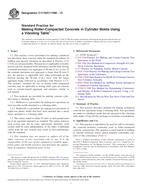
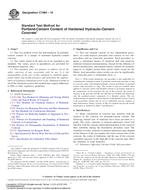 ASTM C1084-10
ASTM C1084-10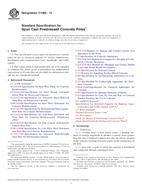 ASTM C1089-13
ASTM C1089-13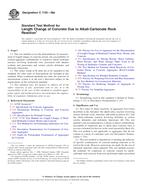 ASTM C1105-08a
ASTM C1105-08a ASTM C1116/C1116M-10..
ASTM C1116/C1116M-10..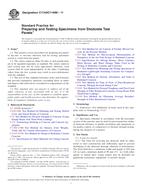 ASTM C1140/C1140M-11..
ASTM C1140/C1140M-11..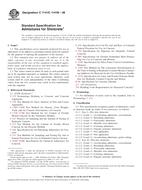 ASTM C1141/C1141M-08..
ASTM C1141/C1141M-08..
 Cookies
Cookies
